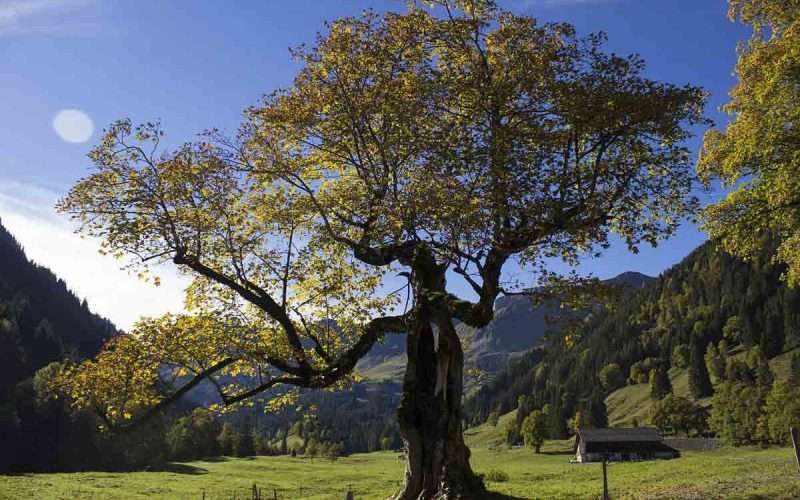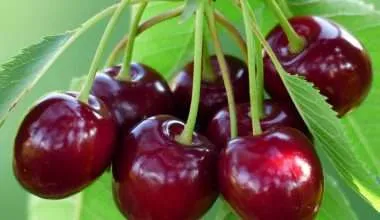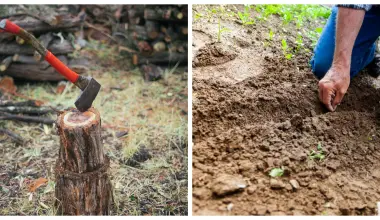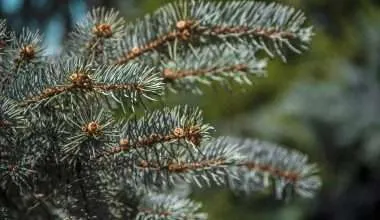Table of Contents Show
If you have a sycamore tree in your yard and you want to renovate your yard with some landscapes, then this guide is just for you. Before you plant more plants beneath it, you must know what a sycamore tree is.
The sycamore tree is a fast growing tree best known for its colossal height, and huge sycamore tree leaves. It provides excellent shade to everyone and everything beneath it. A massive tree like the sycamore tree also requires a vast amount of nutrients to grow.
A sycamore tree will make your choices of plants limited considering the conditions it creates. The plants that are being planted under it must be able to tolerate shade and less sunlight.
You can’t just plant any shade plant under your sycamore tree and hope for it to grow. You have to choose a plant that doesn’t compete with your sycamore tree. So, stick with us to know more about the plants that you can grow under your sycamore tree.
Things To Consider For Growing Plants Under A Sycamore Tree
The sycamore tree, especially the American sycamore, creates conditions which must be considered before planting anything else beneath it. The conditions not just include the extra shade and low sunlight but also soil conditions such as moisture level, competition for nutrients and other resources.
Below are the things you should keep in mind before planting a plant under your sycamore tree
The Right Location
The sycamore tree can reach up to 70-100 ft in height. A healthy sycamore tree in its first year of growth can reach a height of 10 ft. Normally, sycamore trees end up developing a large and thick bark as well.
Landscaping plants are usually planted right beneath the tree, in a geometric pattern to complement the bark. If your sycamore tree is young then the landscaping plants must be planted at some distance from the trunk to leave some space for the trunk to grow.
Landscaping plants must be chosen carefully as there won’t be much sunlight under the tree. They should be planted at a location that has more or less sunlight, depending on the tolerance of the plants.
Requirement Of The Plants
The sycamore trees prefer moist soil to grow in but they can survive in a variety of soil conditions. Sycamore trees are known to reestablish disturbed soils due to how resilient they can be to harsh conditions.
Your landscaping plant must be able to survive in the same soil conditions as your sycamore tree. If you are not sure about the conditions of the soil, then it is easier to choose a species of plant that is resilient to a variety of soil conditions.
On the other hand, if you do wish to spend some time, a ready to use soil testing kit can be easily purchased. This will allow you to measure exactly the soil conditions that you are dealing with and decide on a suitable shade plant.
Make sure the plant you choose doesn’t have any negative effects on your sycamore tree as some can impede the tree’s growth or even damage it. Stay clear of an invasive species that may attack your tree’s bark.
Water And Nutrient Requirements
Sycamore trees are huge and require a lot of water and nutrients to grow and keep their mighty appearance. They can become self-sustainable once they are mature enough, fulfilling their water needs from the natural rains.
Landscaping plants might have to compete for water and nutrients if they are planted under a sycamore tree. This is because the sycamore tree has a shallow, spreading root system which gets water from closer to the surface.
Hence, any young tree that you plant will be unable to get enough water with its shallow roots.
Therefore, it is important to water your plants and provide them with necessary fertilizers so they can easily fulfill their requirements without competing for much.
Watch for water stress signs for both; your shade plants and your sycamore tree. The yellowing of leaves indicates a lack of water in the sycamore tree.
The pH of the soil should also be checked and regulated according to your plant’s needs. Some plants prefer acidic soil while some grow well in an alkaline soil. Necessary fertilizers should be added to the soil to meet the plant’s unique requirements.
8 Plants That Will Do Well Under a Sycamore Tree
There are several plants with different requirements, appearances, and qualities that can be planted under a sycamore tree. Keep reading to find out which plant suits your yard and your preferences.
1. Star Jasmine/Confederate Jasmine
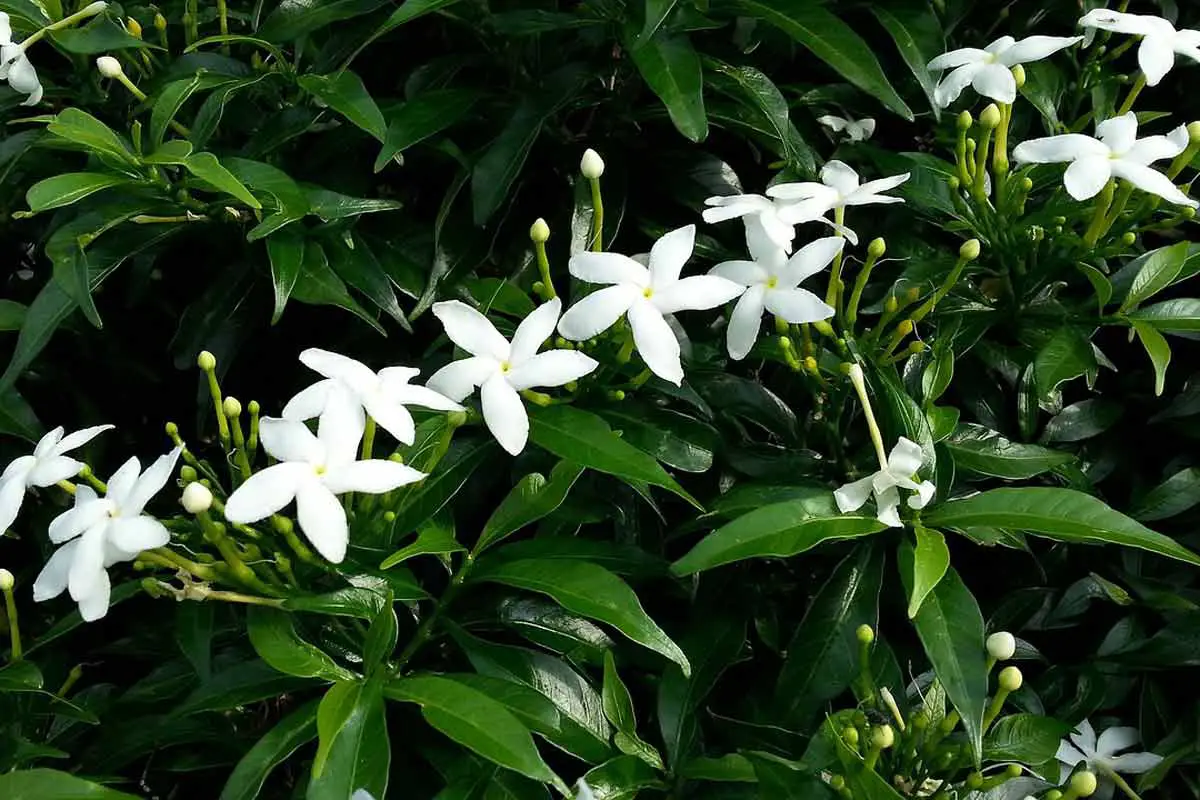
Star jasmine, as the name suggests, is a fragrant flower plant with star shaped flowers. It is also known as confederate jasmine but isn’t actually a true jasmine despite its name. Star jasmine is a better choice for warmer climates. It can be grown either as a vine or as ground cover. According to University of Florida, it can also be shaped into various shapes of hedges by careful pruning.
If grown as a vine, it can reach a height of 20 feet. However, as ground cover, this plant only grows 2 feet tall and about 5 feet wide.
Growing a patch of star jasmine as ground cover can have some convenient benefits. It prevents the growth of weeds while also making your garden smell great. Pruning might be needed if you want to keep it small.
Star jasmines require more sun to produce more flowers although they can survive in partial shade as well. The flowers bloom in summer and early spring.
Star jasmines should be watered at least once a week to keep them healthy. In unnaturally hot weather conditions, you may have to water the star jasmine more often. This plant can grow in various types of soils but prefers well-drained soils.
2. Barrenwort
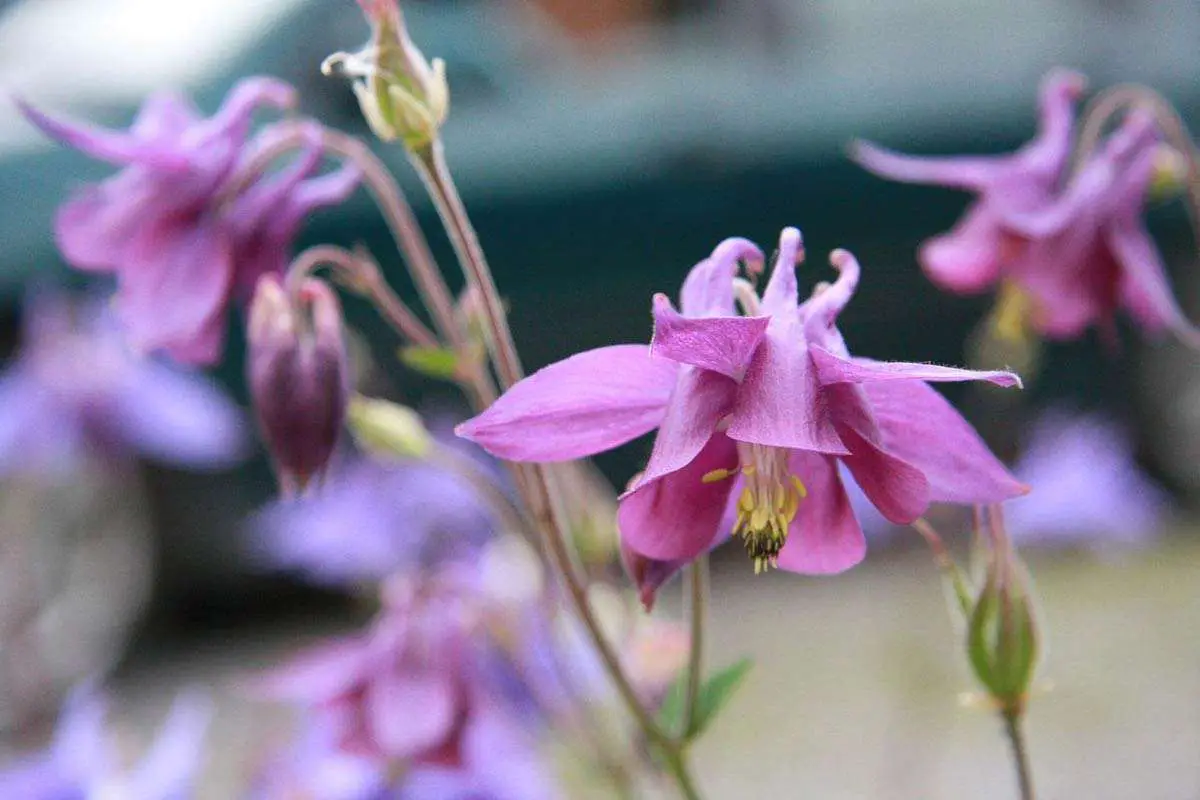
It is a perennial shrub and is an easy-to-care plant. It’s non-invasive, deer resistant, and requires little to no maintenance. They can also easily grow in soils with high competition for resources which makes it a great choice to plant under a sycamore tree.
The color of its flowers depends on the species of the plant. It can produce pink, white, purple, or yellow flowers. Barrenwort has a spread of around 1-2 ft and can reach an almost similar height.
This plant can survive in full shade and prefers well-drained soil with organic material. No additional fertilizers are needed because the fallen trees of your sycamore tree will provide ample organic material for the soil.
Though if you rake your fallen leaves then you might need to add fertilizers to fulfill the organic material requirements.
These plants only need to be watered when the soil gets dry making them ideal to grow under a sycamore tree. The barrenwort is expected to bloom in mid-spring.
3. Dwarf Azalea
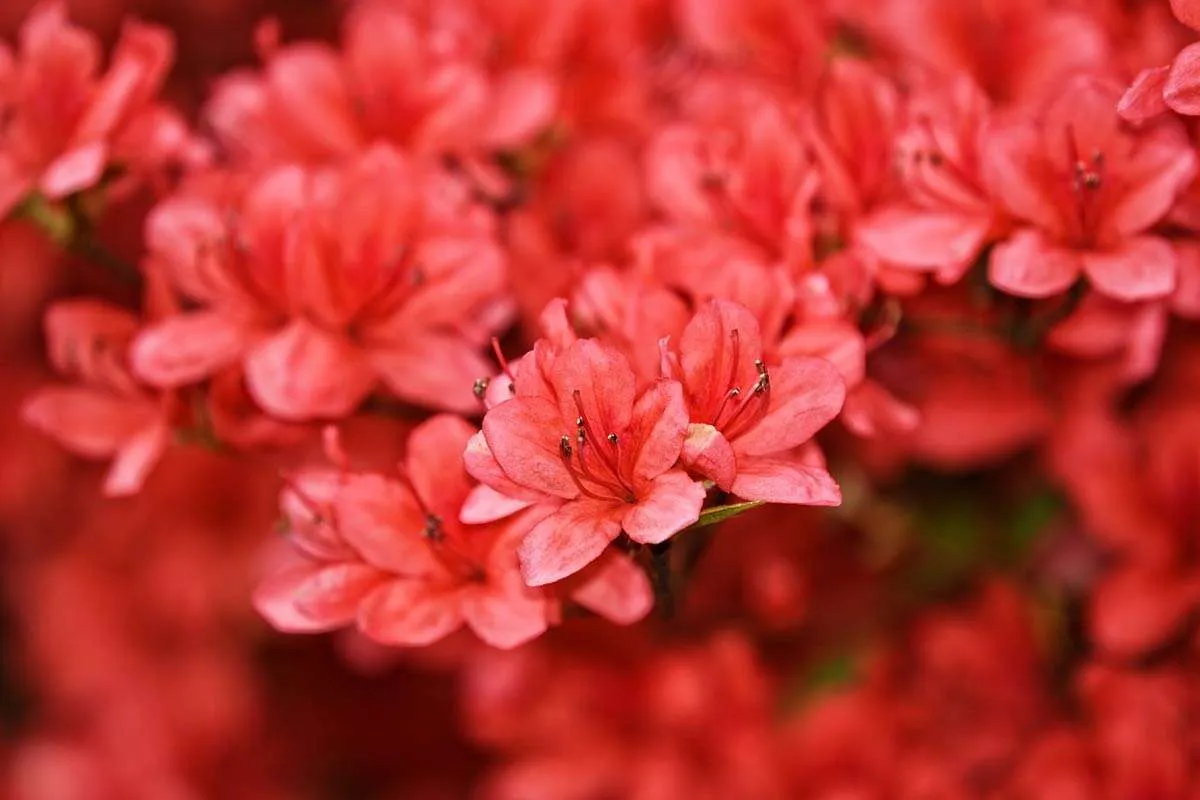
Sometimes referred to as coastal azaleas, dwarf azaleas are considered a mini version of fully-grown azaleas. They reach a height of around 3 ft. They have large, beautiful, fragrant flowers which attract hummingbirds, bees, and butterflies.
Dwarf azalea can survive in several soil conditions, either wet or dry. The dwarf azalea prefer acidic soil and the blooming might get affected if the soil is not ideal.
You can add fertilizer to turn your soil preferably acidic without the fear of harming the sycamore tree as they can survive in acidic, alkaline, and neutral soil.
The dwarf azalea can survive in partial shade although 2 hours of direct sun is preferable for the plant. The bloom is expected in spring or summer depending on the variety. The plant needs to be watered at least once a week.
4. Christmas Fern
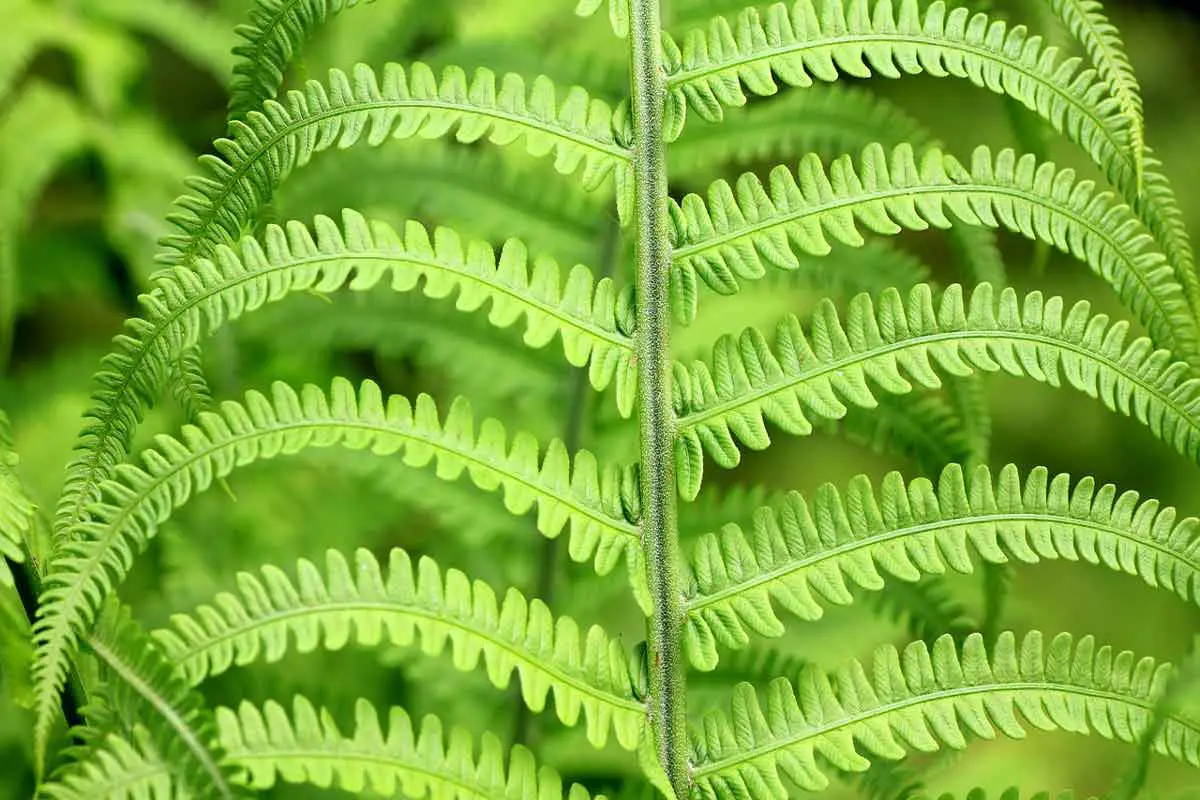
The Christmas ferns is an evergreen plant that doesn’t have highly attractive flowers. The plant grows to a height of 1 and a half feet. It is an ideal choice if you prefer a small plant that doesn’t take up a lot of space.
Christmas ferns have a survival mechanism for winters in which the leaves of the plants appear droopy. This helps the plant to continue its photosynthesis on warm winter days.
The Christmas fern grows the best in shady places, which makes it perfect to grow under a sycamore tree. The plant only requires watering once a week, an area that has heavy rainfall will take care of the water requirement itself.
The plant prefers organic soil so it’s better to leave some fallen leaves to decompose to provide the necessary organic material to the soil.
The Christmas fern doesn’t have showy flowers, however, the small flowers are expected to bloom in late spring.
5. Solomon’s Seal
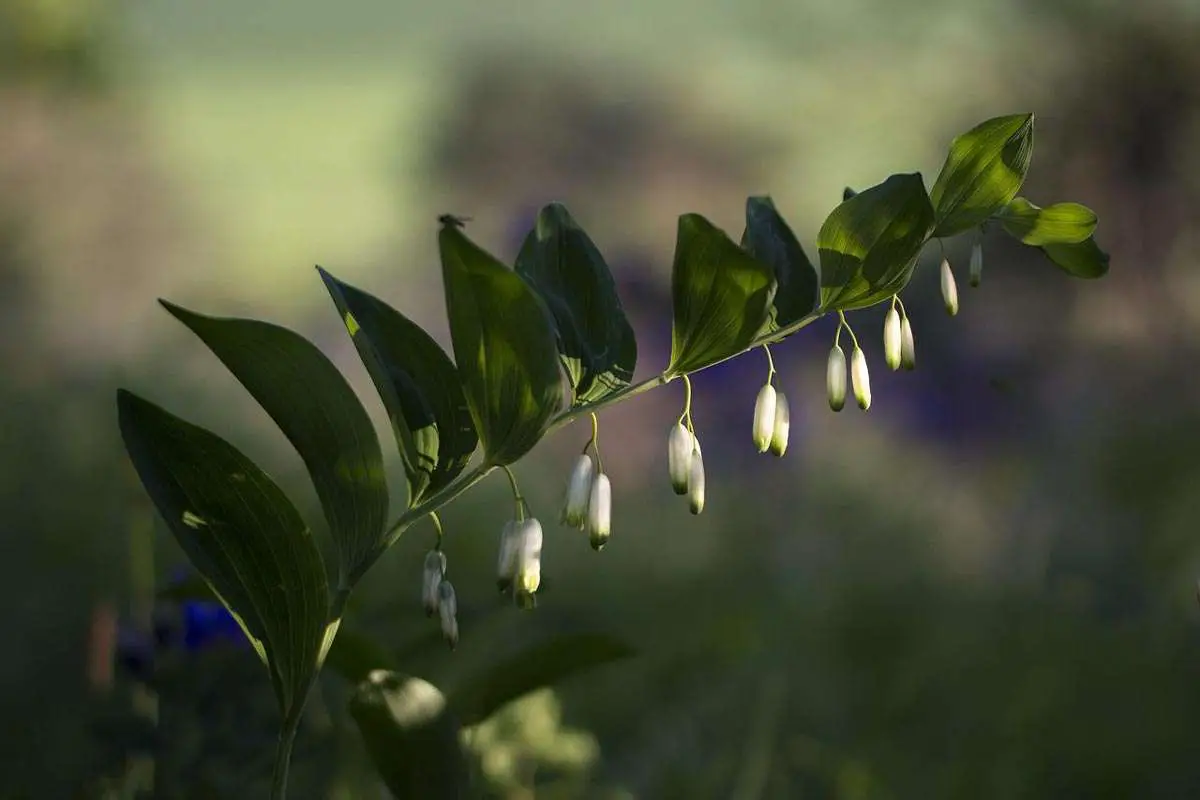
Solomon’s seal is not just a single perennial flower but rather a large group of around 60 species of flowers. They belong to the lily family and grow in the wild, few among them are considered ornamentals.
The height of Solomon’s seal ranges from as short as 8 inches to as tall as 7 feet depending on the variety that you’re planting. The flowers are green or cream-colored and will either be droopy or egg-shaped.
You can use a seed to plant Solomon’s seal, but it would be better if you get a plant pot of Solomon’s seal from a garden center. The best way to plant Solomon’s seal would be to pair it up with Christmas fern.
Solomon’s seal grows under partial to full shade in moist soil. Fallen leaves of your sycamore tree are always a great organic material source for the soil.
Solomon’s seal is better known for its beautiful foliage but you can expect a bloom of small droopy flowers in spring.
6. Brunnera
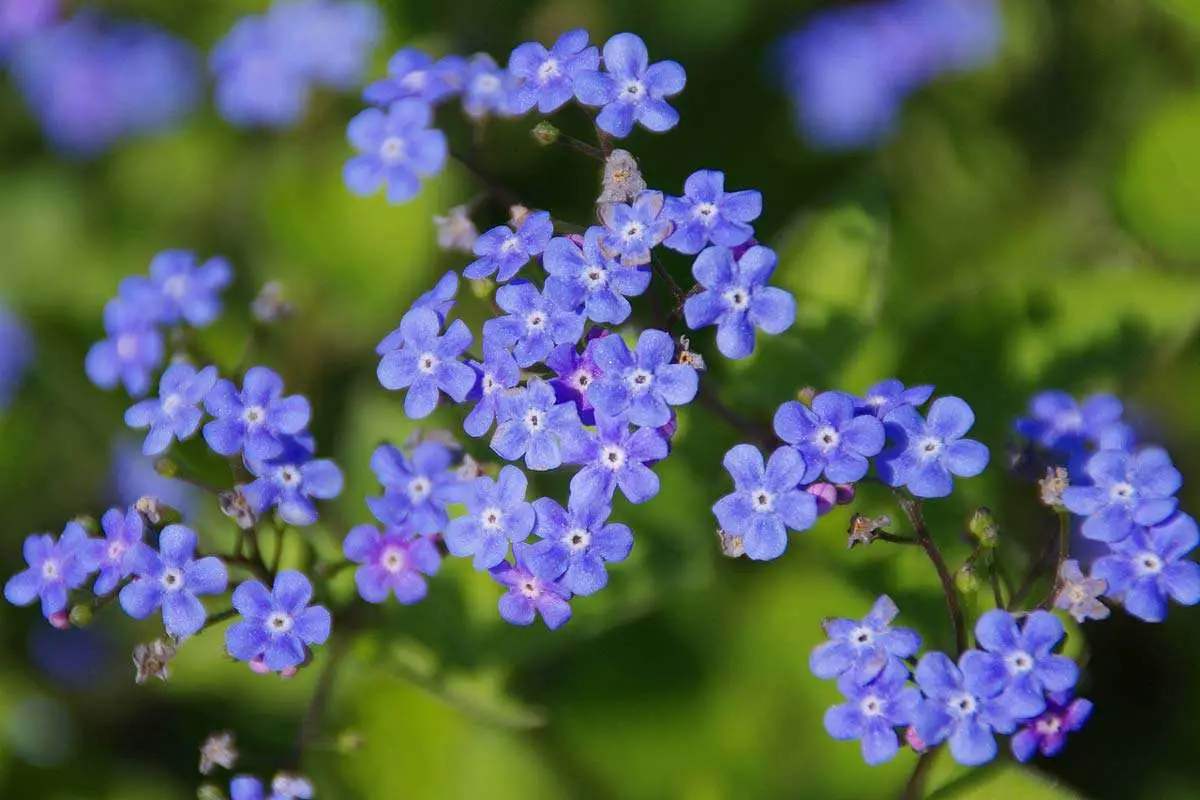
A perennial plant with beautiful foliage and small dainty blue flowers. The leaves of Brunnera have a range of colors depending on the variety. They can be either green, gray, silver, or white.
Brunnera is also known as false forget-me-not because it has bright blue flowers in spring which resembles the forget-me-not. They grow only 1-2ft tall as they are mostly considered a ground cover plant. The growth rate isn’t very fast either.
Brunnera pairs well with almost every other shade-tolerant plant that blooms bright colors in spring and is one of the easiest plants to grow under your sycamore tree. They can easily grow in shade and require watering only if the conditions seem dry.
Fallen sycamore tree leaves will provide enough organic material to the well-drained soil that Brunnera prefers, although It can also grow in clay soils. The small pale-blue flowers of Brunnera last for about a month and will bloom in mid-spring.
7. Hellebore
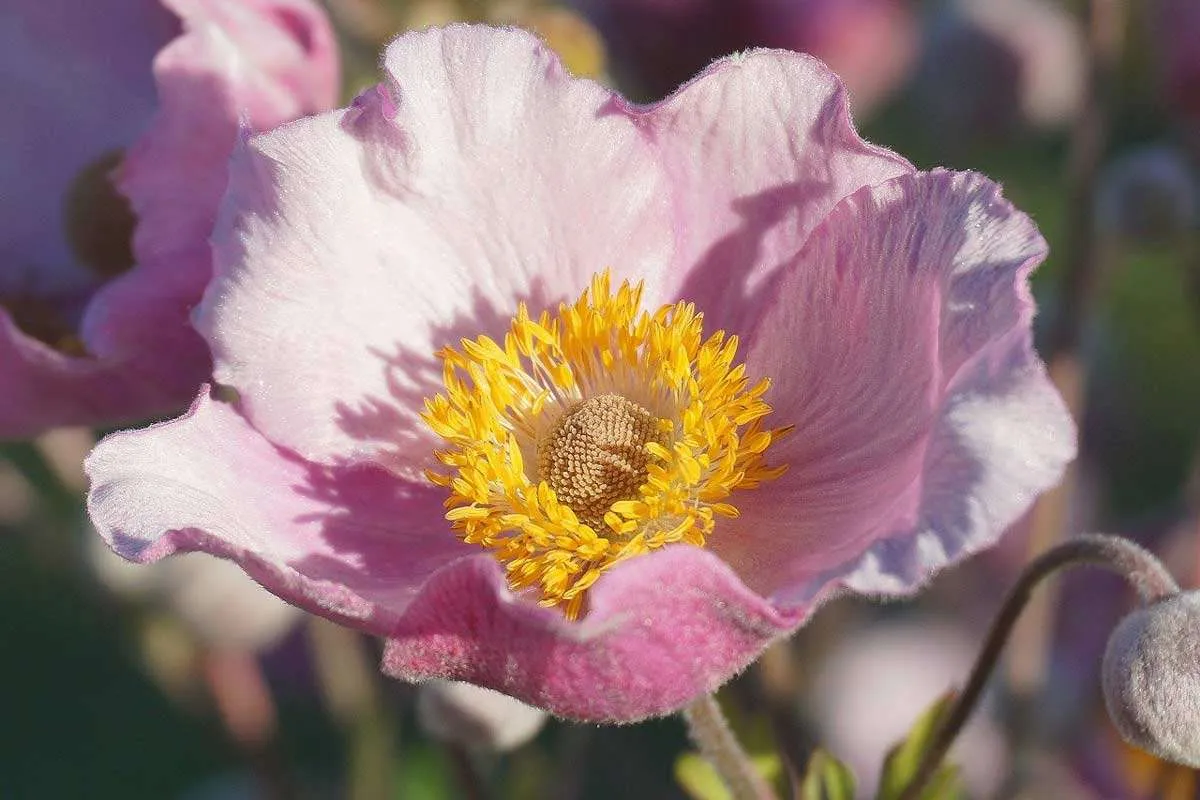
Hellebore plants are early bloomers and provide freshness earlier in the spring season with their fragrant and colorful flowers. The blooming flowers have a variety of colors including white, yellow, pink, and purple.
Hellebore plants have enough to offer on their own but it also pairs well with other early bloomers.
Hellebore plants are the happiest under partial shade. They aren’t very picky either when it comes to soil, the soil type doesn’t matter as long as it is well-draining.
They are semi-drought-tolerant after they are established but do require a little extra care when they are first planted. Hellebore plants need enough water to keep the soil evenly moist at the start.
8. Meadow Rue
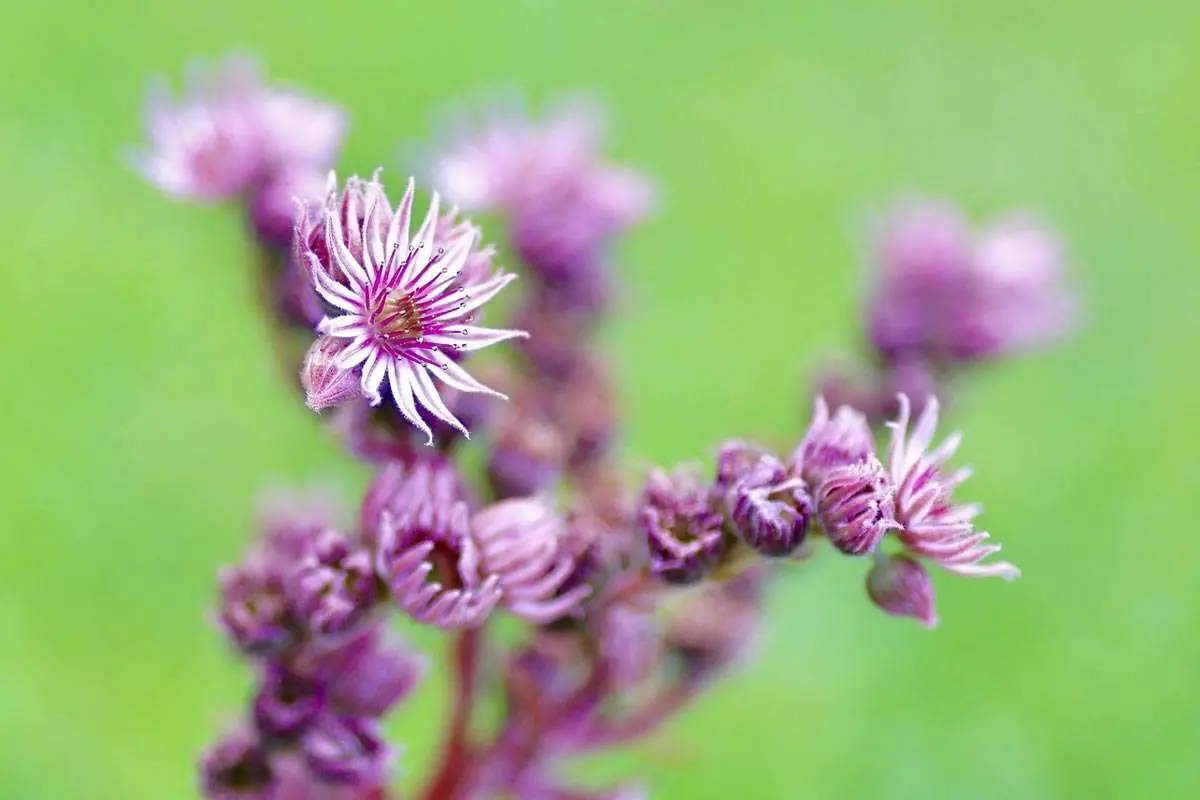
Meadow rue is a perennial plant and a member of the buttercup family. This is yet another plant known for its foliage rather than the flowers. The flowers do have variations in their colors, ranging from white to yellow and even purple.
Meadow rue requires a few years to establish and isn’t known for its fast growth rate. It can either be grown from seed or a potted plant brought from the flower garden. It has many variations within the species.
Meadow rue’s height ranges from 1 ft to 6 ft depending on the variety. If you are going to plant a taller variety of Meadow rue, then it is better to plant two of them together so they can support each other.
The bloom is expected in spring or summer and is dependent entirely on the variety of the plant. They grow under partial or dappled shade and don’t require sunlight to survive.
The plant must be watered enough to keep the soil moist but not soggy. It must retain water. Like many other plants, the organic requirement of the soil can be fulfilled by the fallen leaves of your sycamore tree.
